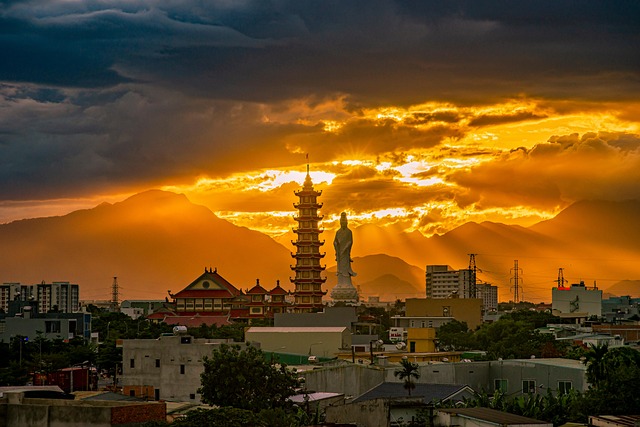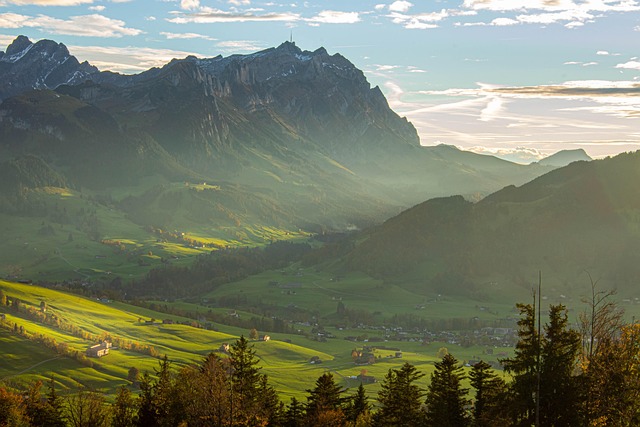Across the world, people gather in diverse ways to celebrate the spiritual rhythms that shape their lives. The sense of community, the exchange of stories, and the rituals that mark the passage of time all contribute to a shared area of identity that transcends borders. Whether it is a quiet moment of reflection or a vibrant procession, religious holidays bring together individuals in a tapestry of faith that is both personal and collective. This exploration delves into how different traditions use holidays to reinforce their core beliefs and how those celebrations carve out a special area of meaning in everyday existence.
Foundations of Sacred Time
Religious holidays are more than dates on a calendar; they are intentional markers that carve out a sacred area within the ordinary flow of life. Many faith traditions base these holidays on significant biblical events, celestial cycles, or ancestral memories. The underlying theme is often one of renewal, gratitude, or remembrance—each creating a spiritual area where the mundane is set aside in favor of divine contemplation. By designating particular moments for heightened devotion, communities create a structured space where faith can be lived out with clarity.
Christian Observances
In Christianity, holidays such as Christmas and Easter dominate the liturgical calendar. The Christmas area of celebration revolves around the birth of Jesus, featuring carols, nativity scenes, and communal meals. Easter, meanwhile, emphasizes resurrection and new life, with traditions that range from sunrise services to the symbolic exchange of eggs. These observances invite believers to reflect on core theological ideas within a defined area of time and practice, fostering a rhythm that sustains the faith through the year.
“The day of the Lord is a day of salvation.” – 2 Thessalonians 1:8 (paraphrased)
Asian Festivals: A Cultural‑Religious Blend
In South and East Asia, festivals such as Diwali, Hanukkah, and Vesak blend cultural traditions with religious devotion, creating expansive areas of celebration that touch every aspect of life. Diwali, the Hindu festival of lights, marks the triumph of good over evil and features fireworks, sweets, and prayers to Lakshmi. Vesak, honoring the Buddha’s birth, enlightenment, and death, sees devotees participate in alms, chanting, and meditation. These events highlight how a shared area of ritual can reinforce community bonds while honoring individual spiritual journeys.
Islamic Holy Days
Islamic holidays such as Eid al-Fitr and Eid al-Adha punctuate the lunar calendar with moments of communal prayer and charitable giving. Eid al-Fitr, celebrated after Ramadan’s fast, opens with a collective prayer, followed by feasting and the distribution of gifts to the needy. Eid al-Adha, commemorating the willingness of Abraham to sacrifice, involves the ritual slaughter of an animal, a practice that underscores obedience, sacrifice, and generosity. These holidays provide a structured area where the faithful align their actions with the principles of mercy, devotion, and unity.
Judeo‑Christian Traditions
Within Judaism, holidays such as Passover, Yom Kippur, and Hanukkah occupy defined areas of the religious year, each with specific rites and symbolic meanings. Passover, commemorating the exodus from Egypt, encourages reflection on freedom and covenant, while Yom Kippur, the Day of Atonement, invites repentance and spiritual cleansing. Hanukkah, the festival of lights, celebrates divine intervention and perseverance. The structured observance of these holidays creates a sacred area that sustains the faith community’s collective memory and ethical commitments.
Indigenous Spiritual Celebrations
Indigenous religions around the world have rich holiday calendars that celebrate ecological cycles, ancestral spirits, and seasonal changes. For instance, the Māori of New Zealand observe Matariki, the new year marked by the rising of the Pleiades, with feasting and storytelling that reaffirm the area of kinship and responsibility to the land. Such celebrations embed spirituality directly into the natural world, offering a holistic area where human life and the environment intertwine in reverence.
Common Threads in Holiday Observances
Despite cultural differences, most religious holidays share core elements that define an area of communal experience: ritual prayer, symbolic acts, communal gatherings, and a focus on moral lessons. These components serve multiple purposes. They reinforce doctrinal truths, provide a rhythm that counters the chaos of daily life, and create a space where individuals can collectively re‑affirm their commitments. By consistently returning to these structured moments, believers maintain a sense of continuity and stability within a constantly shifting world.
Rituals as Spiritual Anchors
- Prayer and reflection allow for a direct conversation with the divine.
- Symbols—such as candles, incense, or ritual garments—serve as tangible reminders of spiritual truths.
- Communal meals or festivals foster a shared sense of belonging.
Through these practices, the area of holiday observance becomes a living archive of faith, offering a blueprint for how to live in harmony with one’s beliefs throughout the year.
Impact on Personal Spiritual Growth
When individuals engage in holiday rituals, they experience a deepened connection to their faith. The regularity of holidays invites a cyclical reflection that can lead to personal transformation. In the quiet moments of a Christmas vigil or the bustling preparations of a Diwali market, the area of focused attention becomes a mirror that reflects both devotion and doubt. By confronting these feelings within a supportive communal framework, believers find ways to integrate lessons into everyday life, thereby nurturing continual growth.
Creating Inclusive Areas of Celebration
Modern religious communities are increasingly attentive to inclusivity, ensuring that holiday observances resonate with people of diverse backgrounds and personal circumstances. This involves adapting rituals, offering accessible services, and celebrating multiple dimensions of identity within the same area of observance. Inclusive holidays not only honor the tradition’s roots but also extend its relevance to contemporary believers, fostering a sense that faith is an evolving, living area that adapts to changing needs.
Conclusion: The Enduring Power of Sacred Areas
Religious holidays serve as intentional spaces—areas of time, practice, and community—where faith is expressed, remembered, and renewed. Whether through the lighting of candles, the sharing of a meal, or the recitation of prayers, these celebrations invite participants to pause, reflect, and re‑align with deeper values. As the world continues to change, the structured area of a holiday remains a constant anchor, offering continuity, hope, and a shared sense of purpose that transcends cultural and individual differences. By honoring these sacred areas, we acknowledge the profound role that tradition plays in shaping identity, fostering community, and guiding the moral compass of societies worldwide.




